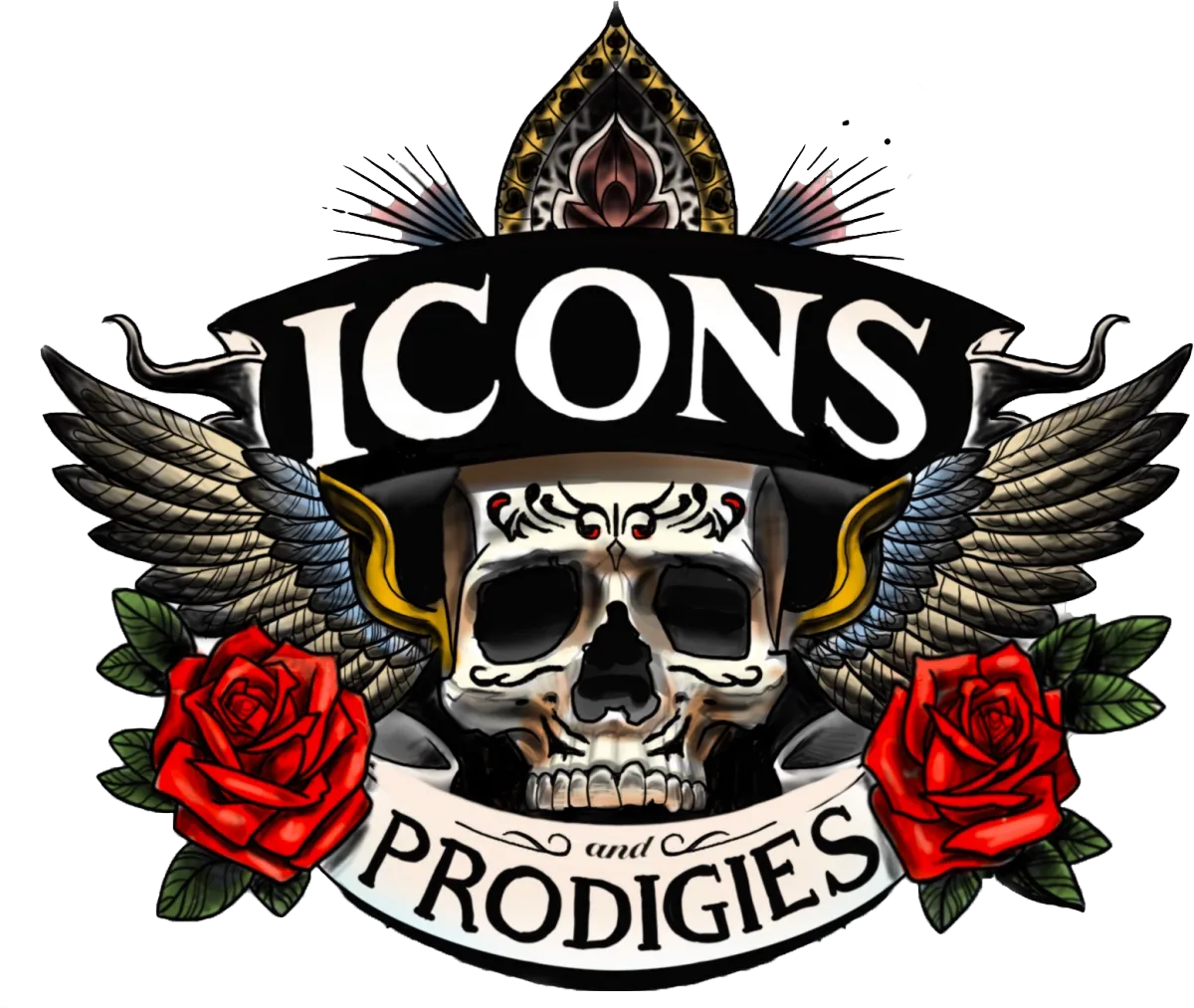Love tattoos?
Me too. I'm Gabe from TattooNOW, pleased to meet you.
Helping tattooers leave the longest lasting positive impact possible keeps me up late. SInce the 90's I've done this by helping artists, studio owners, managers, and other professionals to visualize, maximize, and fufill their potential. This means helping with tech, business, and professional development.
Learn about business marketing and management
This also means connecting collectors with world-class tattooers.
Looking to get tattooed
World Class Tattoos
TattooNOW Network News
Kava & Canvas Lounge Presents: Wellness & Ink – A 710 Celebration
 Thursday, July 10 |
Thursday, July 10 |  Starts at 9:00 AM
Starts at 9:00 AM
Start your morning with intention, movement, and breathwork during our 710 Wellness Morning — an immersive experience designed to nourish mind, body, and spirit.
 9:00 AM – 11:00 AM | $60 Wellness Session Includes:
9:00 AM – 11:00 AM | $60 Wellness Session Includes:
 Dharma Talk with Lisa Masters
Dharma Talk with Lisa Masters
– Artist, therapist, and 800hr Jivamukti-certified yoga teacher sharing wisdom on purpose and presence
 Vinyasa Yoga with Sarah Blecher
Vinyasa Yoga with Sarah Blecher
– 500hr E-RYT + YTT facilitator leading a dynamic, grounding flow
 Breathwork for Daily Life with Kurt Rogers
Breathwork for Daily Life with Kurt Rogers
– Learn simple, effective breathing techniques to energize, calm, and balance your day
 $60 includes all three sessions – limited space, reserve early!
$60 includes all three sessions – limited space, reserve early!
**Email Sarah at: ecoyogavida@gmail.com to reserve your spot**
?
 11:00 AM – ??? | Public Celebration Begins
11:00 AM – ??? | Public Celebration Begins
Once the wellness sessions wrap, the space opens to the public for a 710-inspired celebration of ink, artistry, and elevated botanicals:
 Exclusive 710-Themed Tattoo Flash Designs
Exclusive 710-Themed Tattoo Flash Designs
 Non-Alcoholic Botanical Mocktail Bar
Non-Alcoholic Botanical Mocktail Bar
 Live Art Fusion Station – grab a brush or watch the magic unfold
Live Art Fusion Station – grab a brush or watch the magic unfold
 Local Wellness Vendors
Local Wellness Vendors
 Food Truck On-Site
Food Truck On-Site
 Come for the intention. Stay for the vibe. Celebrate conscious community with us.
Come for the intention. Stay for the vibe. Celebrate conscious community with us.
 Hosted at Kava & Canvas Lounge
Hosted at Kava & Canvas Lounge
 Presented by Unify Tattoo Co., & Little Blue Cooler Productions
Presented by Unify Tattoo Co., & Little Blue Cooler Productions
The summer is officially here! Part of the fun in the summertime is being unemcumbered by all of our winter apparel. We can FINALLY wear garments that assist in showing off our beautiful tattoos!!
Regardless of what you enjoy doing in the summer months, if it includes being outdoors to enjoy the sun, don't forget the sunscreen!! Yes, it's true...we only live once & we should enjoy each day to the max. However, we encourage you to take a few minutes to apply some sunscreen and protect your 'skinvestment'. Don't you want your tattoos to look as beautiful in ten years as they do today? If so, applying sunscreen is one small preventative measure you can take to minimize the opportunity for fading, discoloration and potential skin damage. Those UV rays LOVE to break down tattoo ink, leading to a plethora of undesirable effects on the skin...ESPECIALLY on your tattoos.
This is not a sunscreen product plug...LOL. We encourage you to soak up all the Vitamin D you wish this season, but do it with UV protection in mind. You can use a clean zinc product or another OTC brand of your liking; whatever makes you smile & keeps your tattoos looking sleek.
submitted on 06.18.25All TattooNOW Network News
TattooNOW Featured Videos
Tattoo Conventions & Events
Paradise Tattoo Convention
07.04.25 to 07.06.25
San Antonio
Reinventing the Tattoo will be be beaming into the Stage Live!
Virginia Beach Tattoo Festival
08.08.25 to 08.10.25
Virginia Beach VA
Tattoo Society World Expo
10.03.25 to 10.05.25
Brooklyn New York 11217
IT'S ABOUT TIME!!! Tattoo Society Magazine and Tony Romel presents, “TATTOO SOCIETY WORLD EXPO” October 3rd - 5th, 2025 at ZeroSpace Brooklyn, NY. Celebrating the beautiful and amazing art of tattooing featuring some of the best artists in the world...Tattoo Society Magazine, keeping high standard as one of the best and most respected publications around the world in 18 years, now is bringing what is expected to be a legendary event filled with live tattooing by the best of the best names in the business, live entertainment including burlesque, belly dancing, sideshow acts, live suspension show, Live music, live tattoo contest throughout the event. In addition to tattoo merchandise & supplies there will be vendors, food, drinks and after parties...don’t miss out! YO! WHACHU KNO BOUT NEW YAWK?... NUTTIN!!!... GET OUTTA HEA!!!






